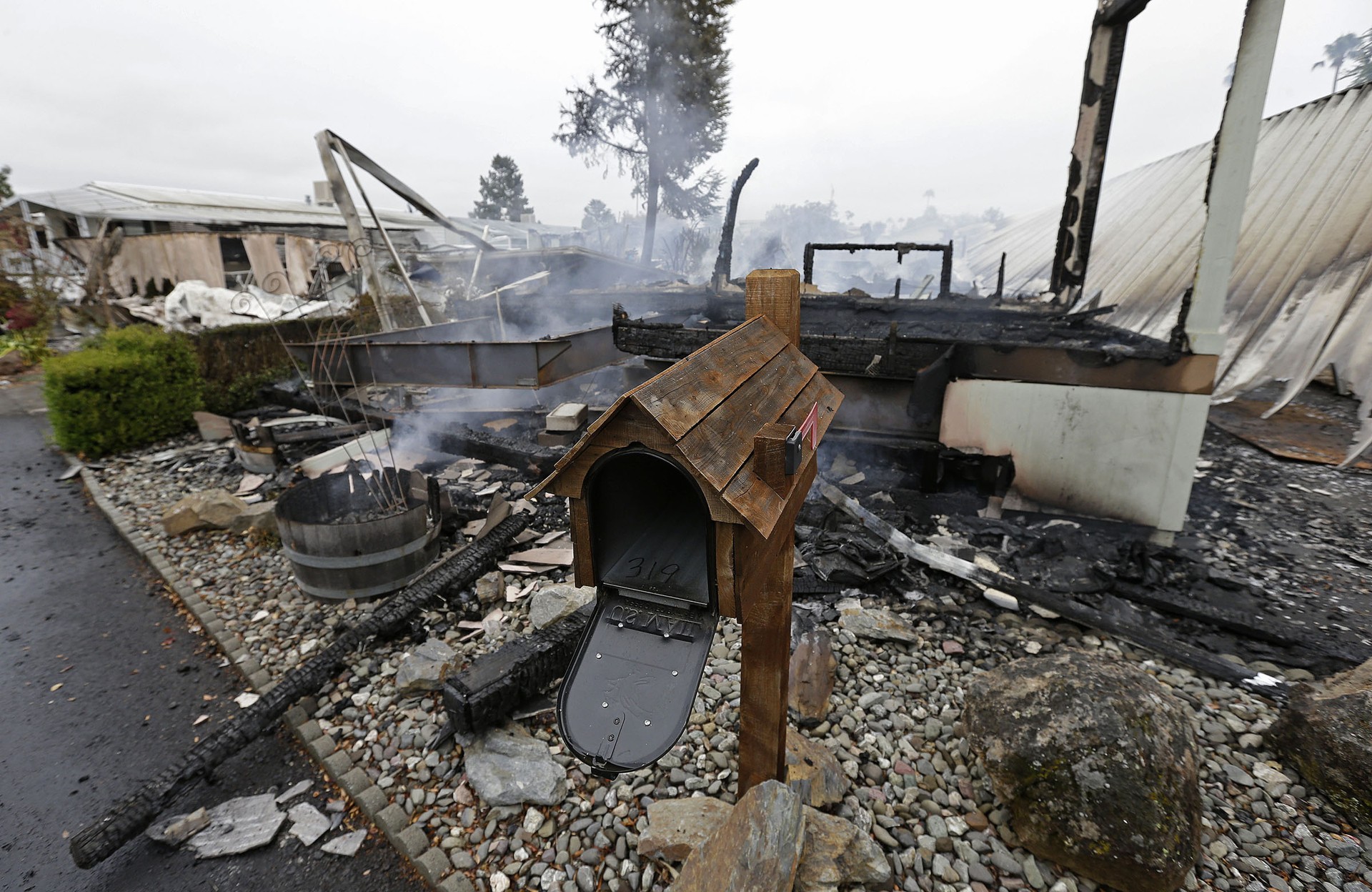
“Jennifer and I send our heartfelt condolences to the families grieving the loss of loved ones and offer our best wishes for the recovery of those who were injured in this earthquake,” Newsom said in a statement. The State Operations Center was activated to coordinate the emergency response with local and tribal governments, and provide any resources needed. Gavin Newsom declared a state of emergency for Humboldt County, granting it state disaster resources, requesting federal assistance and easing access to unemployment benefits. “The system did operate as we had hoped, and that we’ve been working to design,” he said.

Ghilarducci said the state sent out an early warning, a new system that pushed out an alert 10 seconds in advance of the earthquake’s shaking to some 3 million people in Northern California, giving residents the opportunity to drop, cover and hold or get to a place of safety. Learn more about the USGS Earthquake Hazards Program and ShakeAlert.(California Department of Transportation) Visit the and Twitter accounts for the latest updates. The USGS operates a 24/7 National Earthquake Information Center in Colorado that can be reached for more information at 30. If you felt this earthquake, report your experience on the “USGS Did You Feel It?” website for this event. The Wireless Emergency Alert system did not distribute alerts for the earthquake because the underestimation of the quake meant it did not reach the system's threshold of alerting for earthquakes that are M5.0 or stronger.
#Recent earthquakes california today android#
App providers, including MyShake, and QuakeAlertUSA, as well as Google Android have an alerting threshold of M4.5. The apps also sent alerts for a M4.6 aftershock at 23:33 UTC (4:33 pm local time) that was correctly located. ShakeAlert Messages were distributed via app partners for the inaccurately located M4.8 (near Stockton) that occurred as shaking from the M6.0 travelled across the state. As the USGS builds more stations, it expects to see most of these issues resolved. The system is constantly growing and learning from events like these.

This can cause issues like inaccurately locating and miscalculating the quake. The system initially thought it was detecting three different smaller earthquakes rather than one larger one. With relatively few seismic stations in this part of California, earthquake waves have to travel further to be detected.

The ShakeAlert Earthquake Early Warning System detected the earthquake 25.6 seconds after it started, but under-estimated the magnitude as a M4.8 at an estimated location that was about 31 miles (50 km) south of the actual location. For estimates of casualties and damage, visit the USGS Prompt Assessment of Global Earthquakes for Response (PAGER) website. Visit the USGS earthquake event page for more information.

The USGS is coordinating its response with the California Geological Survey and the University of Nevada at Reno. USGS scientists expect that this event will trigger aftershocks, but these will decrease in frequency over time. The event was widely felt, with over 25,000 "Did You Feel It?" reports thus far submitted. The quake is a result of normal faulting at approximately 6.2 miles (10 km) depth near the Antelope Valley fault, which runs north-south along the Sierra Nevada range front. Perceived shaking for the quake was very strong. The earthquake occurred about 20 miles southwest of Smith Valley, NV.


 0 kommentar(er)
0 kommentar(er)
